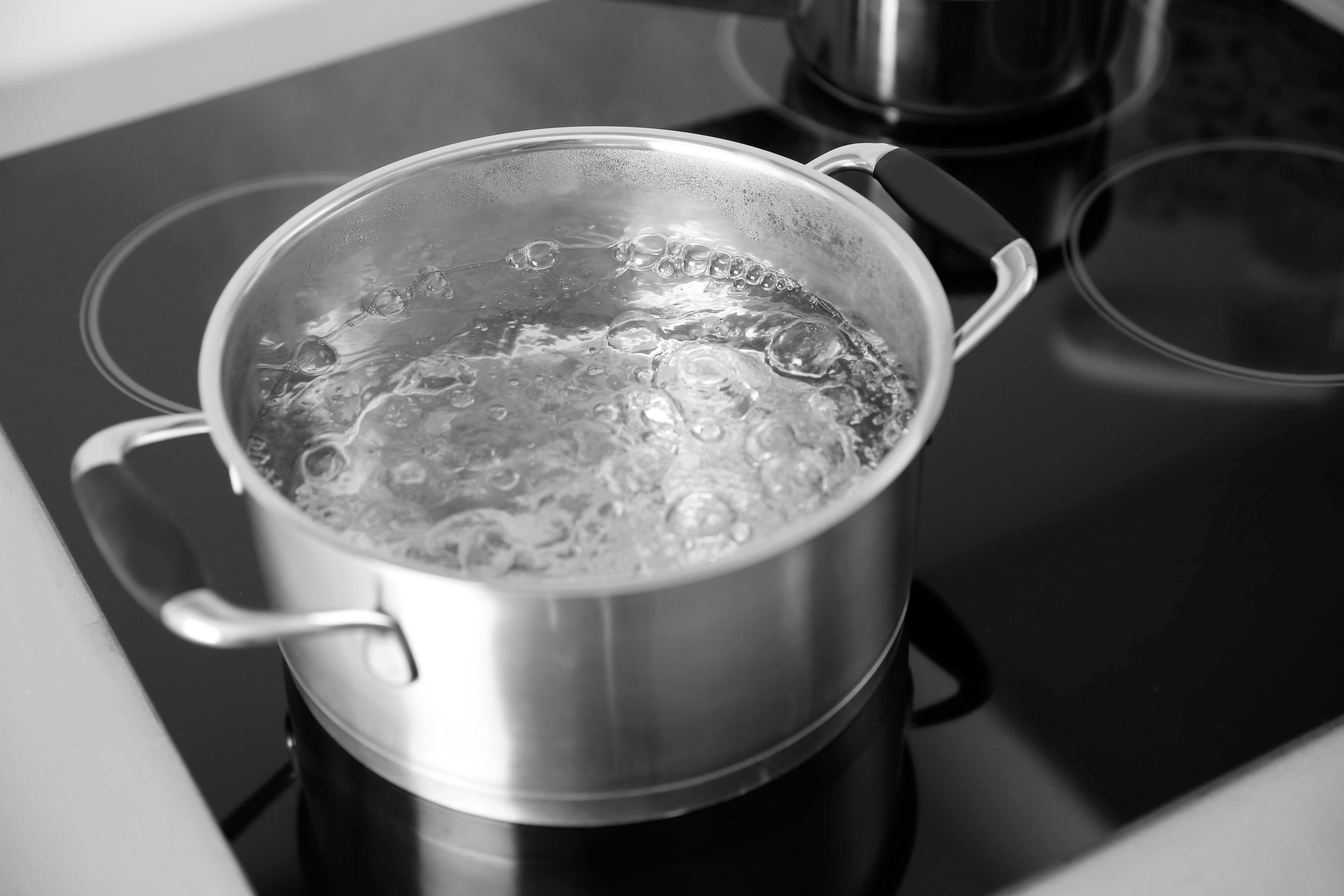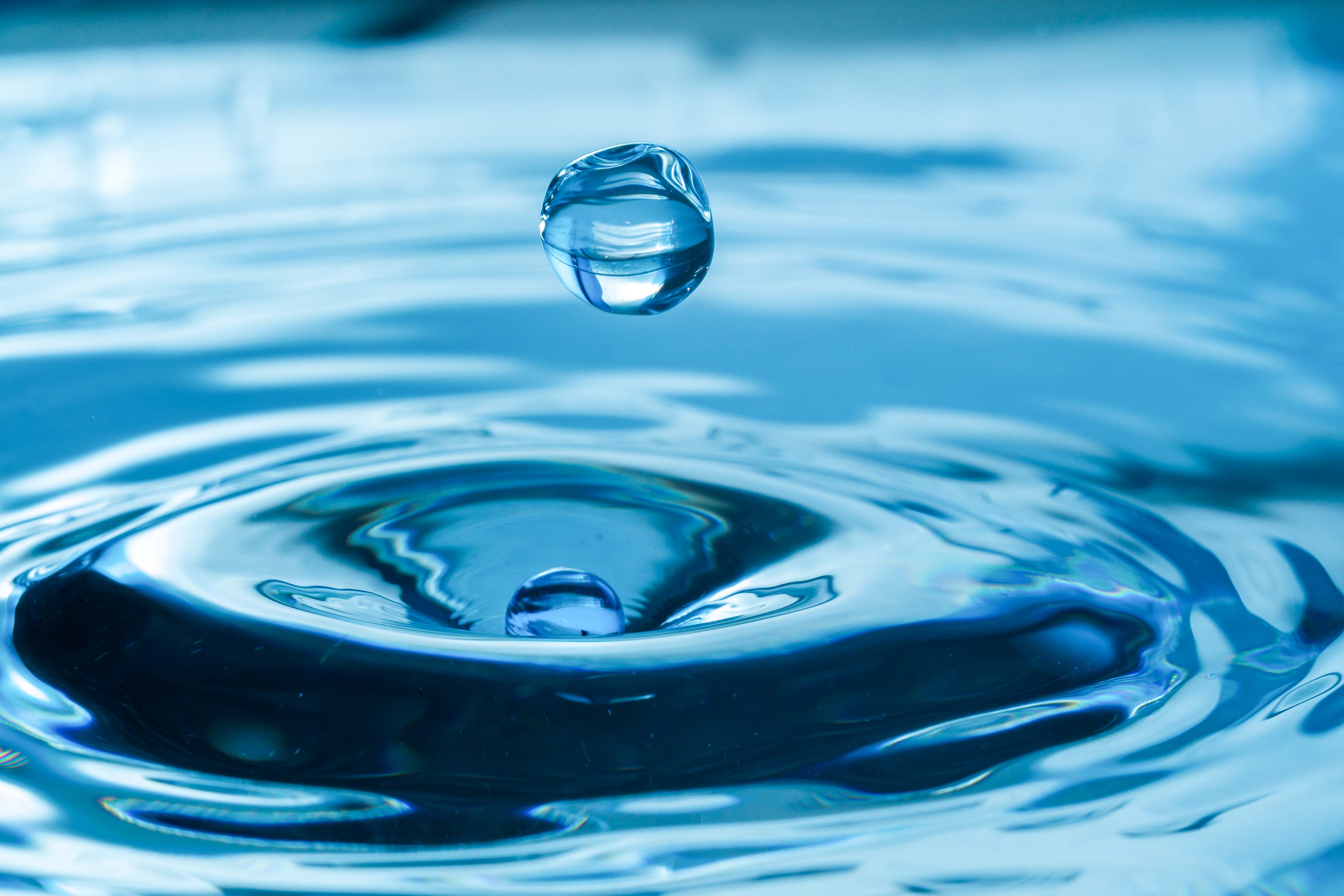
Our Bodies Are More Than Half Water
We don’t just need water to survive — water makes up a large part of our bodies. Babies are born at about 78% water, and adults are up to 60% water, though adult women are slightly less watery (55%) than adult men. Similarly, some body parts are more watery than others. Your bones are around 31% water, but your brain and heart are around 73%. The lungs are one of the wateriest parts of the body, at 83%.
So what does this bodily water do? It helps regulate your temperature, produce hormones and neurotransmitters, digest your food, deliver oxygen throughout your body, protect your brain and spine, flush out waste, and more — you know, basic survival stuff.

The Earth Contains 332.5 Million Cubic Miles of Water
There’s a fixed amount of water on Earth, so it’s a good thing that we have a lot of it. All together, the Earth’s water adds up to 332.5 million cubic miles (or 326 million trillion gallons). This includes liquid water, ice, groundwater, water in the atmosphere, and the water that’s in our bodies.
The vast majority of the Earth’s water — more than 96% — is in oceans, with ice caps, glaciers, and permanent snow at a very distant second (1.74%) and groundwater a close third (1.69%).
You might be wondering: If the amount of water on Earth doesn’t change, why are the sea levels rising? There are a couple of reasons. For one, the oceans are warming, and water expands when it gets hotter. The oceans are also taking in some extra water: The Earth’s water supply includes glaciers, and those are warming up, too. When they melt, they flow into oceans.

Most of the World’s Fresh Water Is Ice
Oceans are salty, and since they account for so much of the world’s water, very, very little of our water supply is fresh — only about 3%. Out of that tiny fraction of fresh water, nearly 70% of it is frozen. Only about 1% of all water can meet the hydration, agricultural, and manufacturing needs of humans. Most drinking water comes from rivers, which make up only 0.006% of the world’s fresh water.
You can convert salt water to fresh water using a process called desalination, but it’s both expensive and costly to the environment, and it’s not just salt that has to come out of ocean water to make it potable (it often contains other contaminants). Still, some desalination plants do exist, especially in the Middle East and Africa, and technology is improving.
More Interesting Reads

Water Doesn’t Always Boil at the Same Temperature
You may have been taught that water boils at 212 degrees Fahrenheit, or a tidy 100 degrees Celsius, but that’s not strictly accurate. That boiling point applies to water at sea level, but not at higher altitudes.
Water boils when the water vapor’s pressure exceeds the atmospheric pressure around it, and atmospheric pressure drops at higher elevations — so the higher the elevation, the lower the boiling point. In fact, water boils about 10 degrees cooler in Denver compared to Death Valley. At the peak of Mount Everest, it only takes 162 degrees Fahrenheit to boil water. Low atmospheric pressure is why some recipes have separate instructions for high elevations, too.

Food Counts Toward Your Water Intake
“Drink eight cups of water a day” is a common piece of hydration advice, but it isn’t appropriate for everybody. Some people need more or less depending on all kinds of factors, like their age, activity level, and size. But regardless of your hydration needs, it’s not just glasses of pure water that count toward your fluid intake. We get around 20% of the water we consume from moisture-rich food, like many fruits and vegetables.
Snacks that can help you stay hydrated include cucumbers, iceberg or romaine lettuce, celery, radishes, bell peppers, and tomatoes — all more than 90% water.

2 Billion People Have Limited Access to Water
Most places in the United States have ready access to clean drinking water, with the occasional notable exception. Worldwide, access to water for drinking or even hygiene can be a little more difficult. For more than 2 billion people, clean water is either unavailable or at least far away.
Around 1.2 billion of that group has clean water within a 30-minute round trip. Another 282 million people have to travel more than 30 minutes to collect water. But around 490 million people are left with unprotected or potentially contaminated water — 368 million people get it from unprotected wells and springs, and 122 million from untreated surface water such as lakes and rivers. Access to clean water means more than hydration, of course. Less time spent ill or fetching water means more opportunities to do other things, like work and attend school.

In Space, Water Forms a Perfect Sphere
You may not think of water as sticky, at least not in the way that glue or chewing gum is sticky, but it does have a unique ability to stick to things. This has to do with the hydrogen bonds in water’s molecular structure — H2O means that each molecule of water has two hydrogen atoms and one oxygen atom bonded together. Hydrogen bonds form easily and are extremely attracted to one another. These easy bonds cause surface tension in water: The molecules are so attracted to each other that at the surface, with nothing above them to cling to, they form a stronger bond with their neighbors below the surface.
The most common way you’ll see water’s stickiness in action is a drop of water hitting a larger amount of water, but it’s both much cooler and much more illustrative to see how water operates in zero gravity. In space, water pulls itself into a perfect sphere because it doesn’t have to work against gravity to bond with itself.












